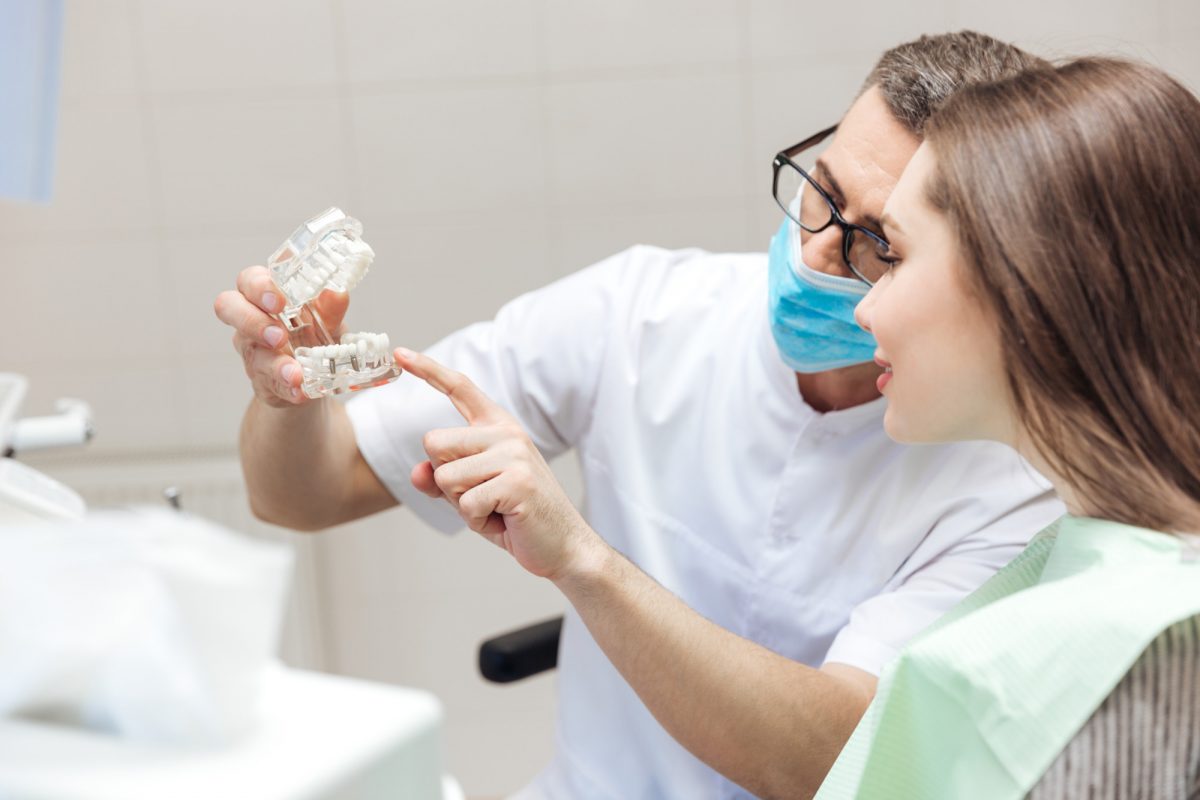
Your tooth has been hurting, and unfortunately, your dentist confirms your suspicion. You have extensive tooth decay in one of your teeth.
The good news? Restoring your tooth to health is simple with either an inlay or an onlay.
Onlays and inlays are used to strengthen damaged teeth and restore their shape. They are both excellent alternatives to traditional dental crowns because they provide long-lasting fillings for teeth.
The question is, which one will you need: an inlay or an onlay?
Here’s a rundown on the difference between these two types of restorations so that you can determine which is the best option for you.
Let’s get started!
What Is an Inlay?
An inlay is an effective fix if damage has taken place between your tooth cusp tips, especially if the tooth is a molar or premolar.
The inlay essentially fits inside of your cusps — or, your chewing surfaces — and serves as a filling once your dentist has removed a cavity there.
What’s great about inlays is that they can be tooth-colored and thus blend in with the rest of your teeth. The inlays are bonded to your teeth, which helps to seal them to your teeth and improve their overall strength.
What Is an Onlay?
An onlay is an excellent option if you have more profound tooth damage. This is particularly the case if the damage goes beyond your tooth’s cusps.
The onlay basically covers at least one of a back tooth’s cusps while also fitting inside of the tooth.
In the past, onlays were visible because they were fabricated from gold. However, like today’s inlays, modern onlays are now tooth-colored and thus aesthetically pleasing.
In addition, like an inlay, an onlay is bonded to your tooth. Again, this process enhances your tooth’s overall strength.
Inlay and Onlay Application Process
To place an only or inlay on your damaged tooth, your dentist will first remove the area that is decayed.
Then, the dental staff will prepare a mold of your tooth and send it to a lab so that your restoration will be fabricated.
You can expect the lab to take a couple of weeks to generate your onlay or inlay. During this time, you will wear a temporary onlay or inlay.
Then, once your permanent restoration arrives at the dental office, your dentist will place it on your tooth using adhesive cement. In the end, you’ll have a natural-looking tooth once again.
How We Can Help
We offer top-of-the-line oral care services, including providing restorations such as inlays or onlays.
What’s great about an inlay or onlay is that it is a relatively conservative way to restore a fracture, chip, or cavity. We can also use an inlay or onlay to improve your tooth’s overall aesthetics.
Schedule an appointment with us today so that we can keep your teeth in tip-top shape in the days, months, and years ahead.

